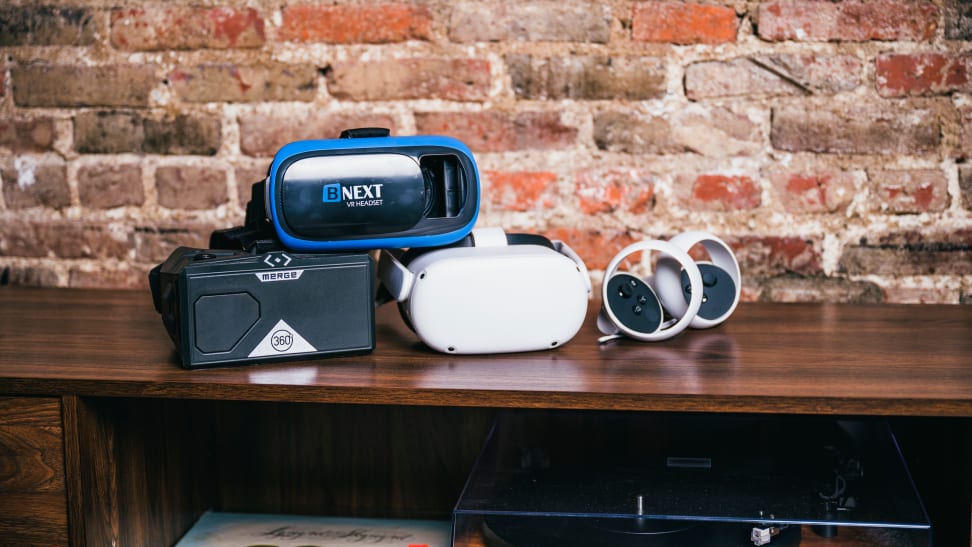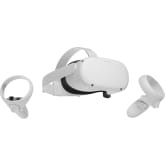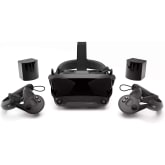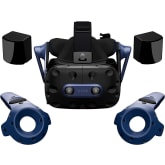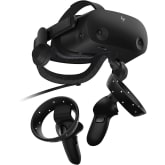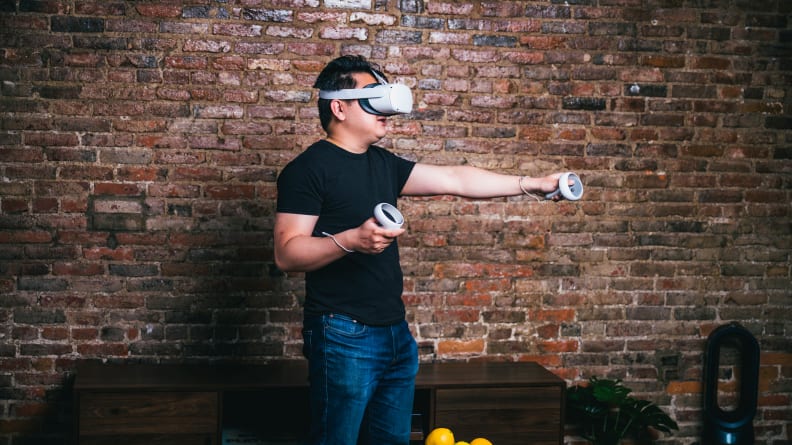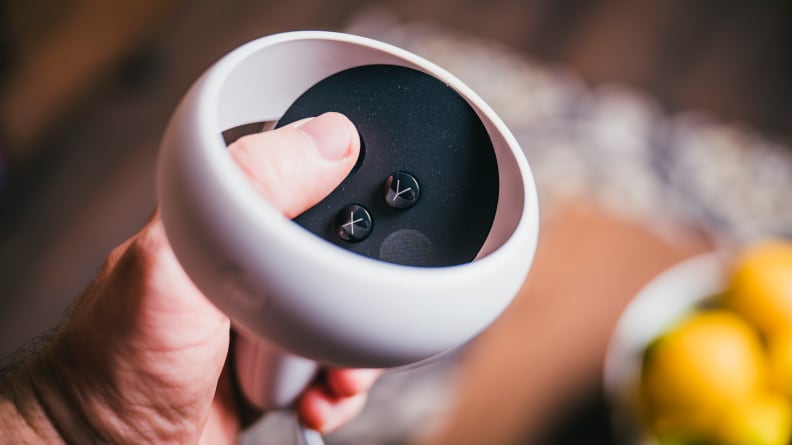If you’re in the market for a VR headset, the Meta Quest 2 (formerly known as the Oculus Quest 2) is likely already on your radar. As far as standalone hardware goes, it’s dominant in the space right now without much serious competition, and it’s a fabulous VR experience that builds on the foundation laid by the Oculus Rift.
After spending about a month with the Quest 2 and its considerable software library, we’ve got plenty of thoughts on who it’s for, what its weaknesses are, and what to keep in mind when you’re ready to buy.
Right out of the box, it’s clear that this is a quality product, sturdy and well designed. But getting it set up properly is crucial, and you’ll want to be aware of what you’re getting into. For my part, I’m 31, I wear glasses (my vision is exceptionally poor), I have very long eyelashes, and I’m not generally fond of Facebook as a social media platform.
That last point used to be a big source of frustration for many would-be Quest users because Oculus previously required a Facebook log-in in order to use its ecosystem. That’s changed, though, and users can now use a Quest device without a Facebook account.
Once you get through a brief but annoying setup process, the Quest 2 is fairly comfortable to use. It comes with a thin plastic “spacer” that you’ll want to install immediately if you wear eyeglasses. The foam cushion where your face meets the headset snaps off easily. You then insert the spacer in between the two pieces, distancing your corrective lenses and the ones used for VR. Take the extra three or four minutes to install the space; you’ll be glad you did.
In terms of carrying around a large piece of hardware on your face, the Quest 2 is highly adjustable and cozy to have on. But the thought of using one frequently, for years, makes me want to consider switching back to contact lenses. No matter what you do, it simply isn’t accommodating to people with glasses, long lashes, or both.
Depending on the shape of your frames and the thickness of your lenses, though, your mileage may vary. At about $80, it’s probably worth it to just order a pair of VirtuClear Custom Lens Inserts (available at Frames Direct).
For an additional $100, Oculus offers a version with 192GB of extra storage, on top of the usual 64GB. The company also sells a special carrying case for $59, an Elite Strap for “enhanced comfort” ($59), and other odds and ends. If you buy directly from Oculus, they recommend Anker’s third-party charging dock as well as a pair of Logitech earphones made specifically for the Quest 2.
For $299, the stock Quest 2 offers a charging cable and two motion controllers—each with three buttons, two triggers, and a thumbstick. I didn’t feel as though I was ever missing out by not having any of those other items, but audiophiles and frequent fliers may find them useful.
The Oculus library’s full of riches. Amazon’s Prime Video VR app lets me watch stuff like The Big Lebowski, David Gilmour: Live at Pompeii, and the first act of The Rise of Skywalker in a spacious, old-timey movie theater—all without leaving my home.
I especially enjoyed Vader Immortal (available at Oculus) and the popular rhythm game Beat Saber (available at Oculus), which runs at 90 Hz. I also tested games like Superhot (an old favorite) (available at Oculus), Job Simulator (available at Oculus), and Tales from the Galaxy’s Edge (available at Oculus).
If you’re interested in a new kind of filmmaking, immersive experiences like Vader Immortal, or games that use motion controls and player movement, the Quest 2 is a worthwhile investment.
One step up from the Quest 2 is the new top of the line Meta Quest Pro for $999. The Pro is a mixed-reality headset with improved internals, increased pixels-per-eye on the screens alongside quantum dots, and passthrough cameras for overlaying digital content with the real world.
Read our full review of the Meta Quest 2.
